Workplace safety has evolved. It’s no longer just about physical hazards—psychological and social risks now play a central role in employee wellbeing and performance. These are known as psychosocial hazards, and they’re now a major focus for Australian HR professionals and People & Culture leaders who want to build healthier, more sustainable workplaces.
The Role of Rest in Resilient Leadership: Why Doing Less Helps You Lead More
We’ve all seen the script: high-performing leaders who run on four hours of sleep, power through 60-hour weeks, and wear burnout like a badge of honour. But in 2025, that narrative is outdated—and dangerous. In high-stress, high-stakes environments, what actually defines a resilient leader isn’t how much they hustle. It’s how well they rest.
Leading with Empathy in High-Stress Workplaces: Why It’s the Superpower Every Leader Needs
It’s no secret: Australian workplaces are under strain. Between rapid digital transformation, post-pandemic recovery, staff shortages, and economic pressure, stress is now an unofficial member of every team. For HR leaders and Chief People & Culture Officers, the challenge is crystal clear—how do we build psychologically safe, productive environments without sacrificing our people’s wellbeing?










